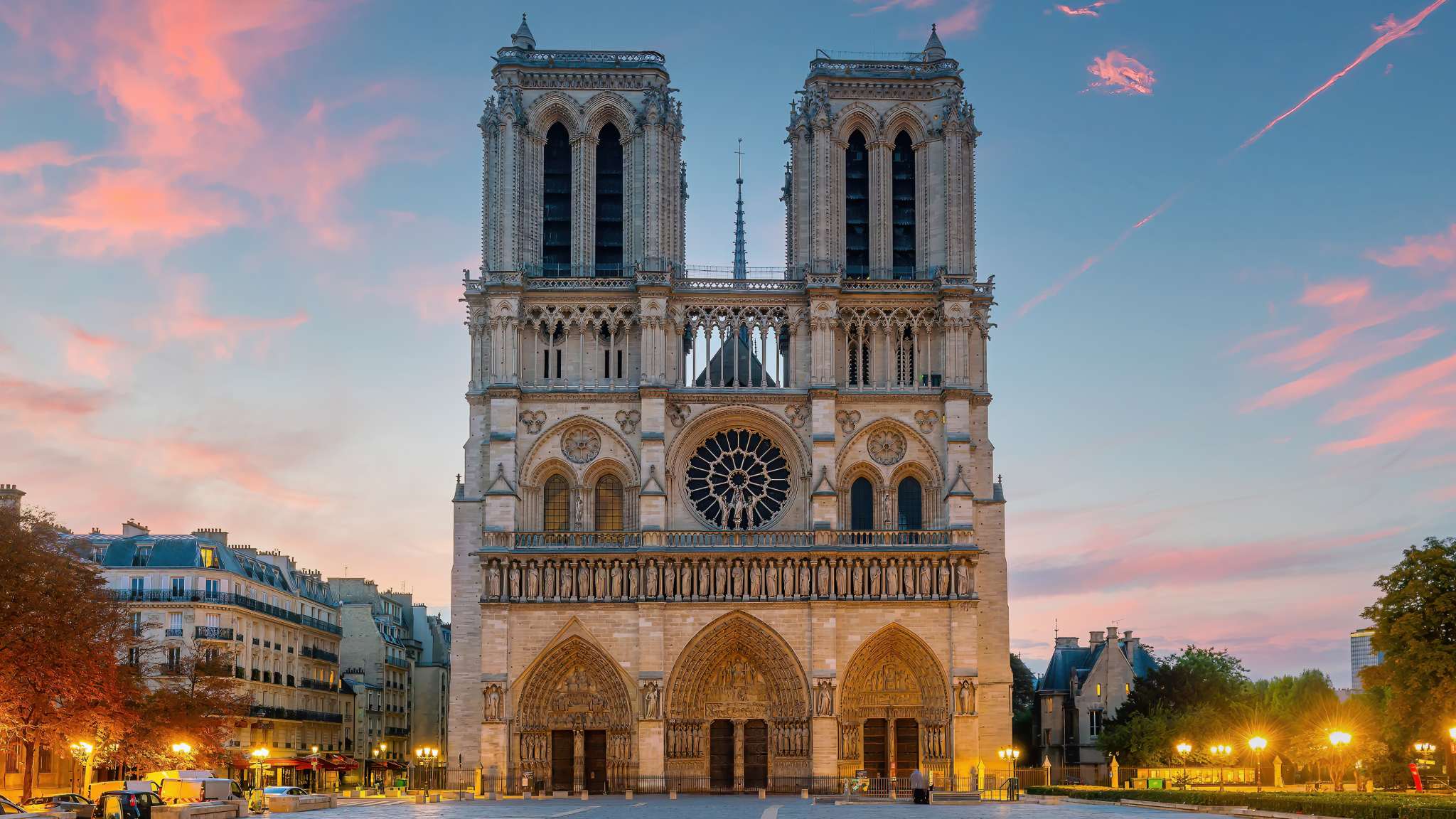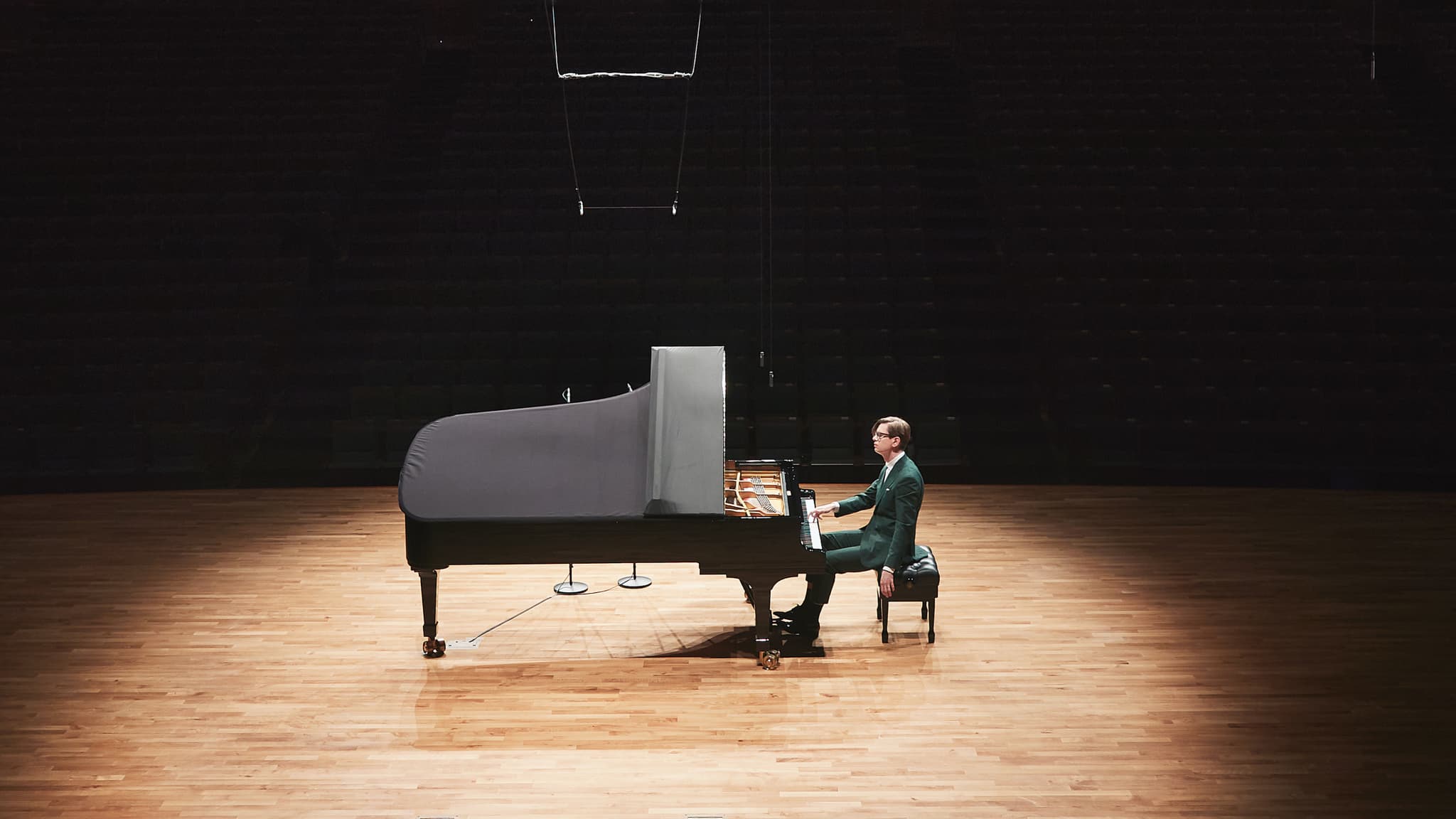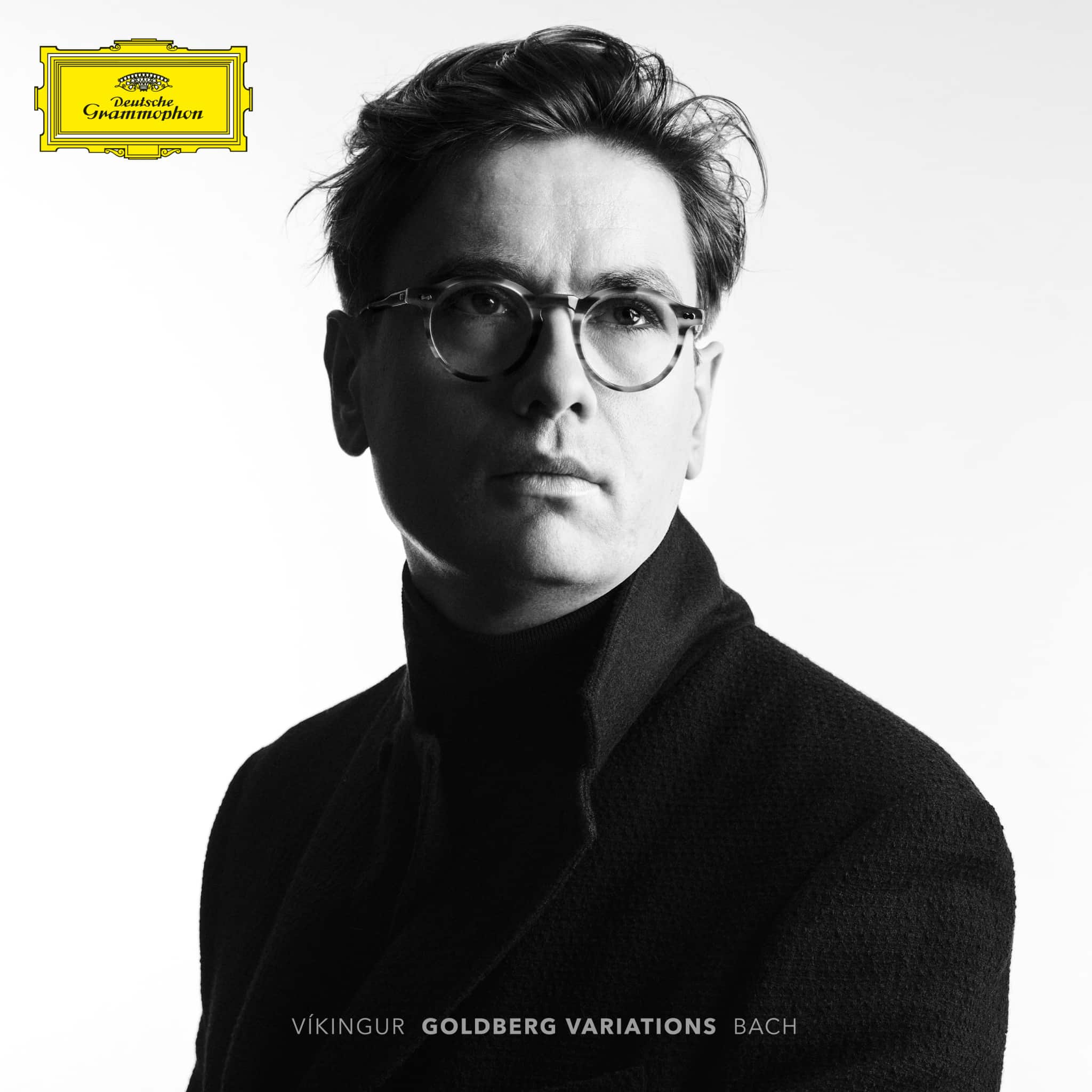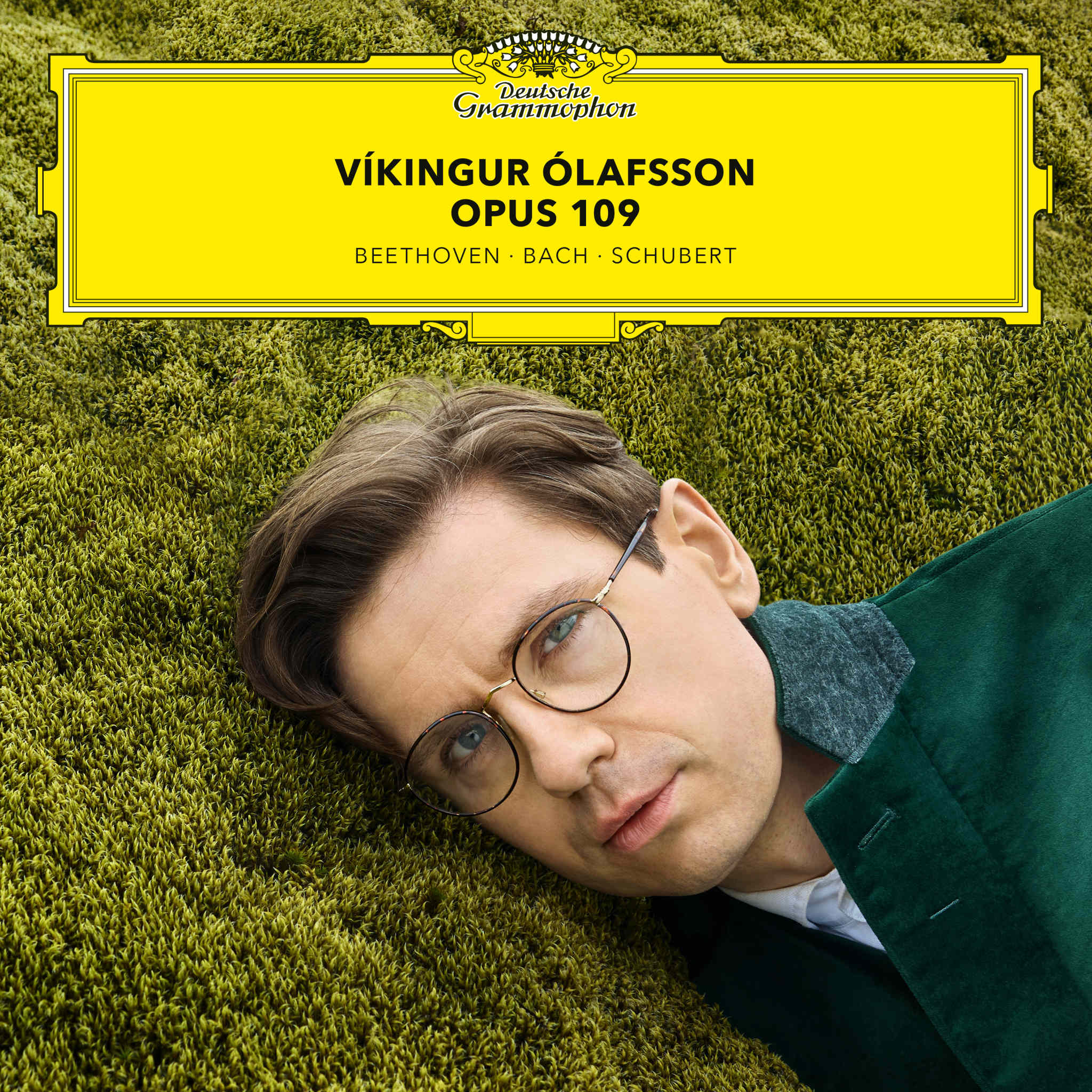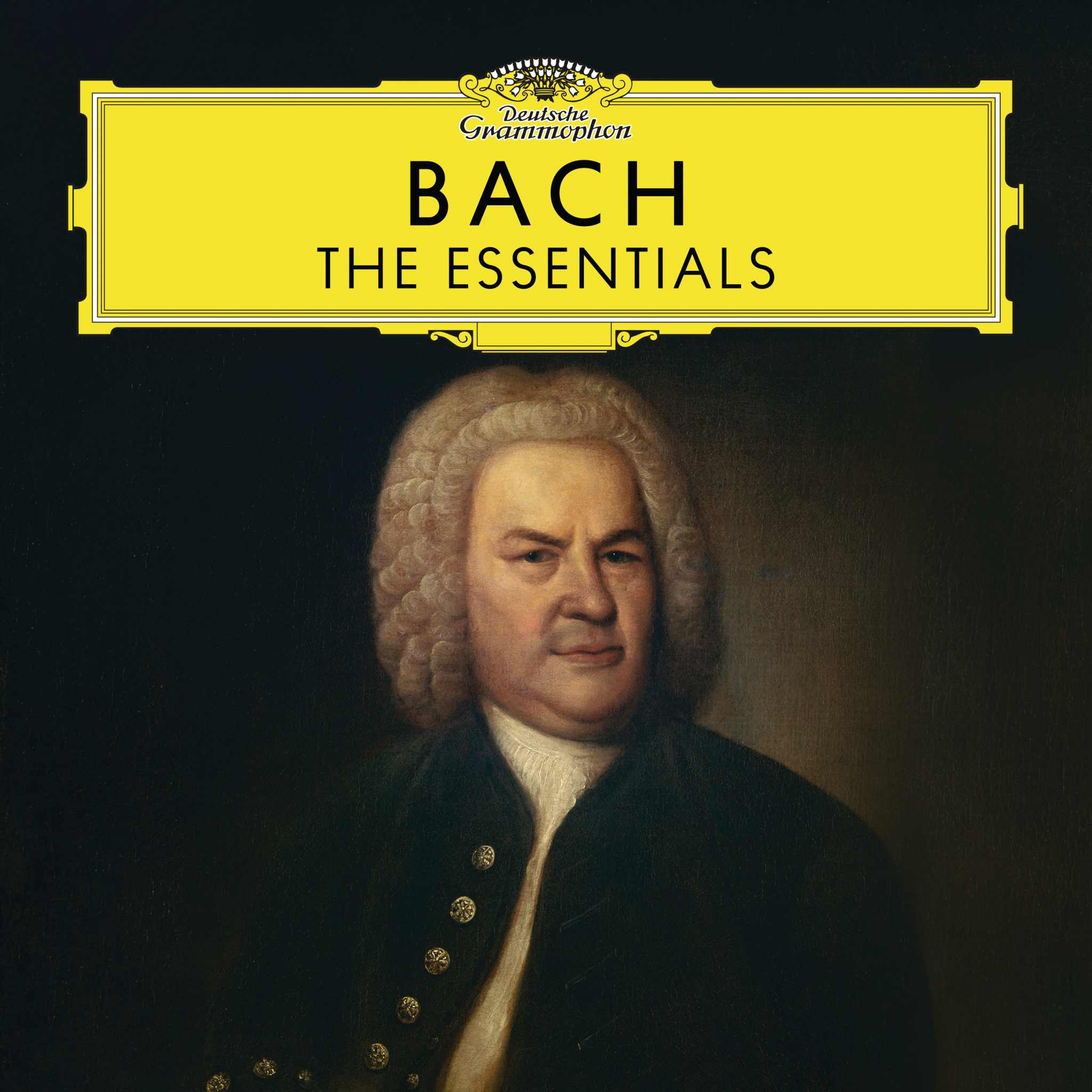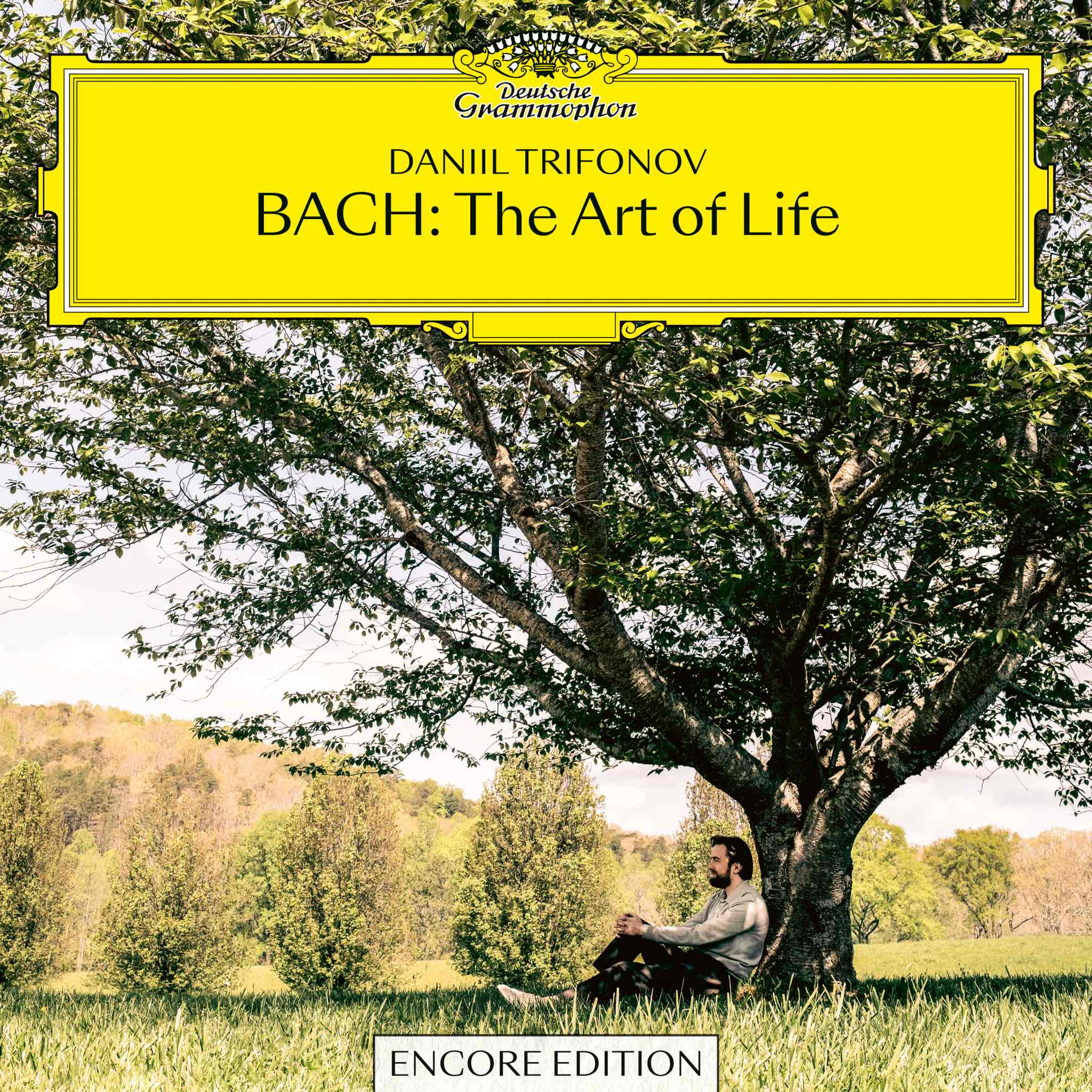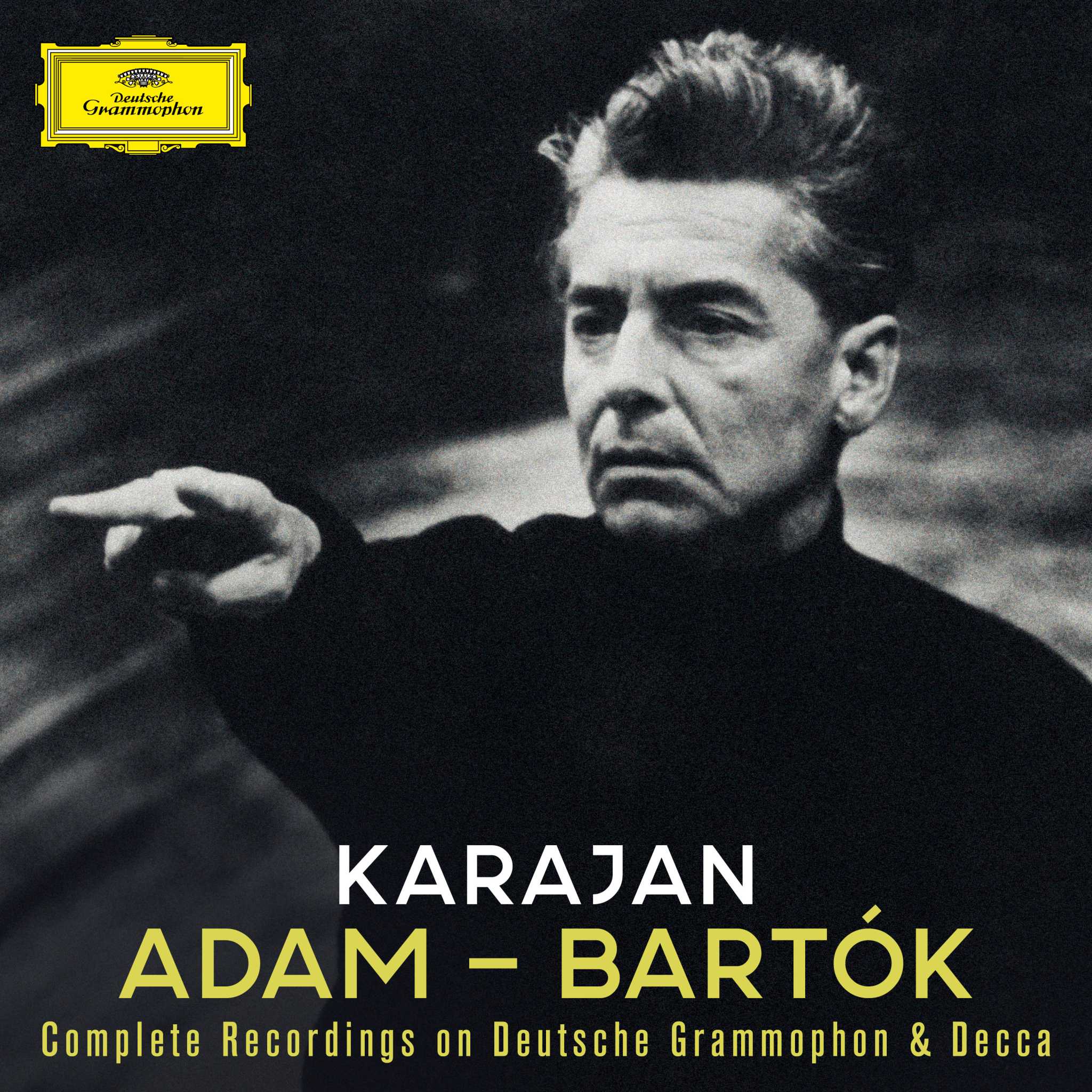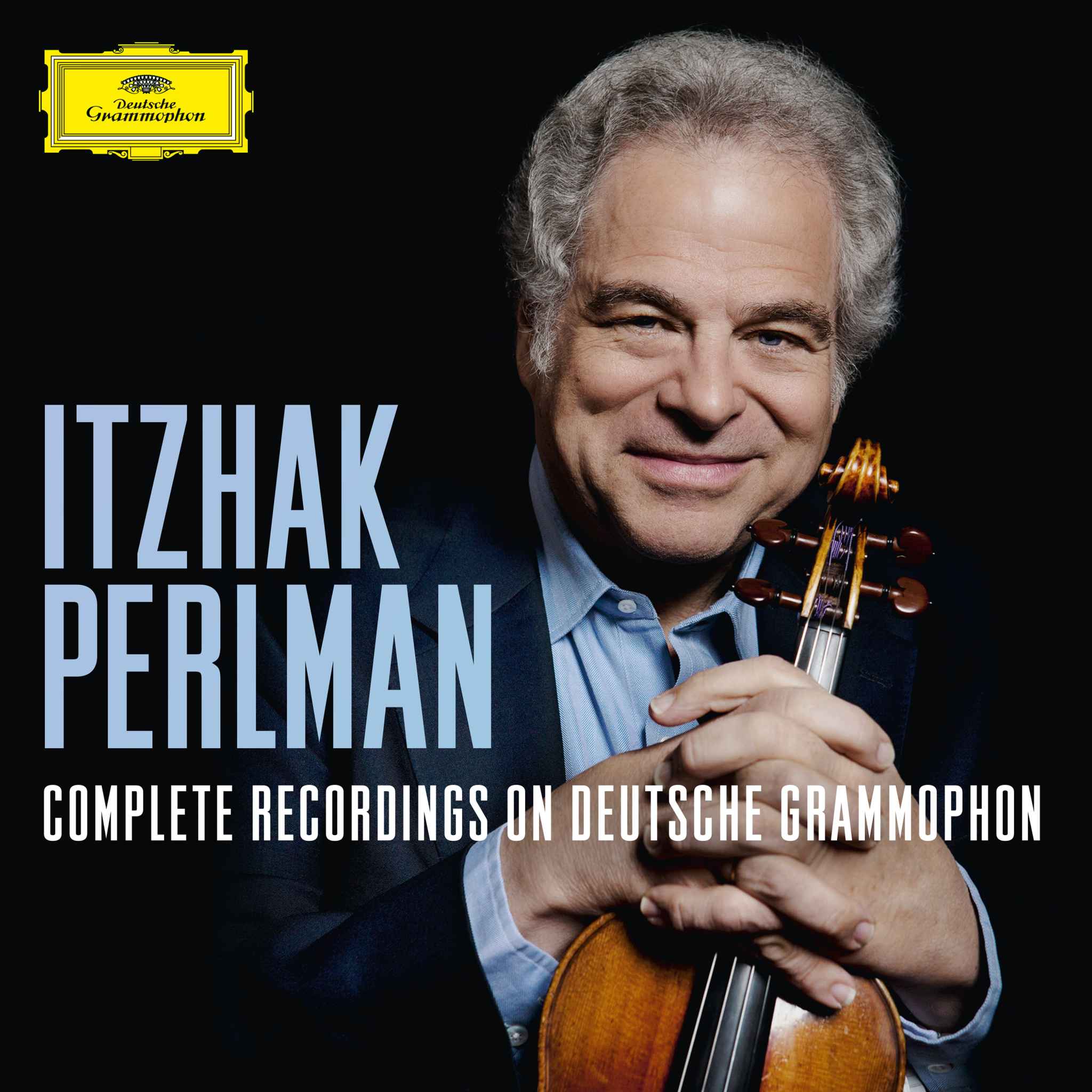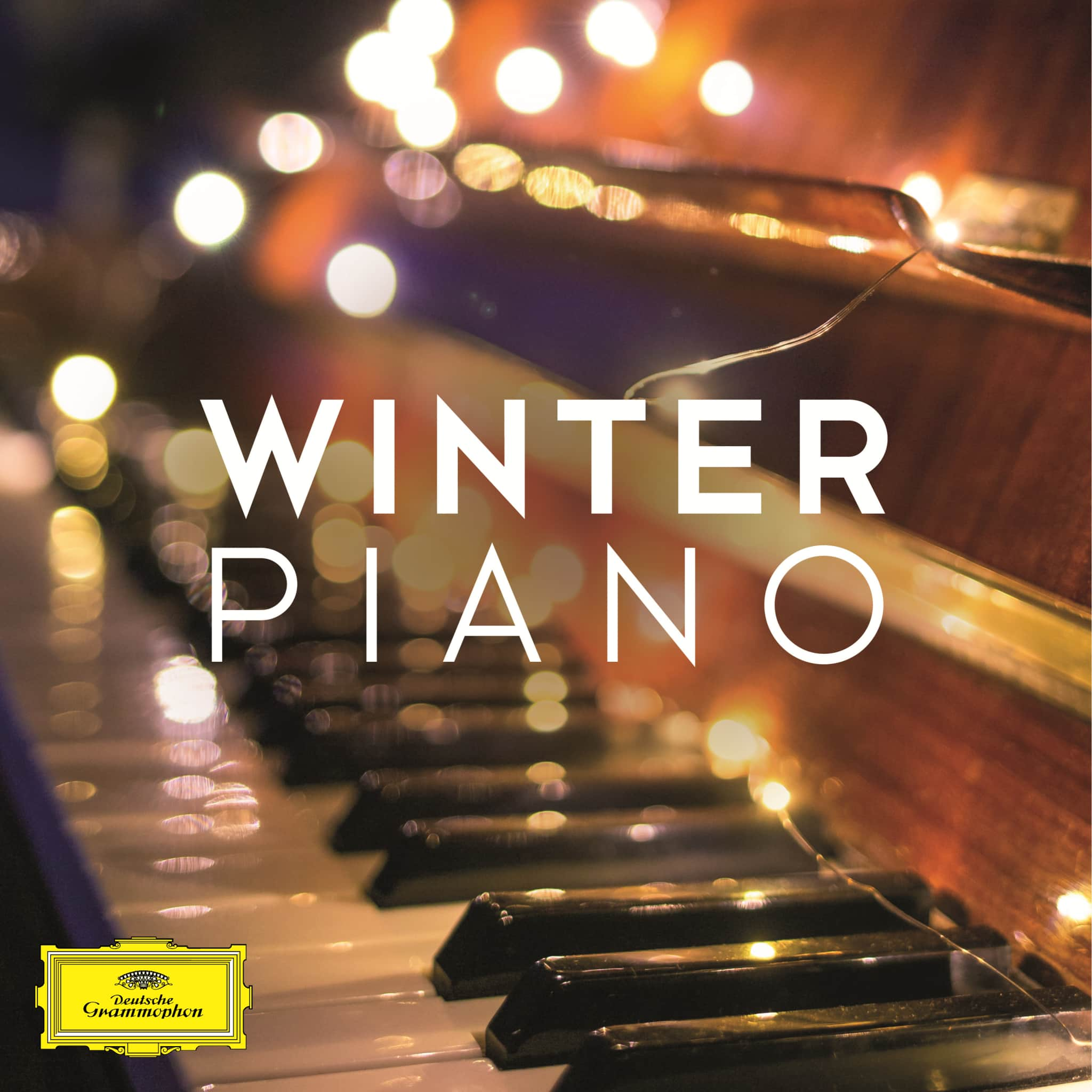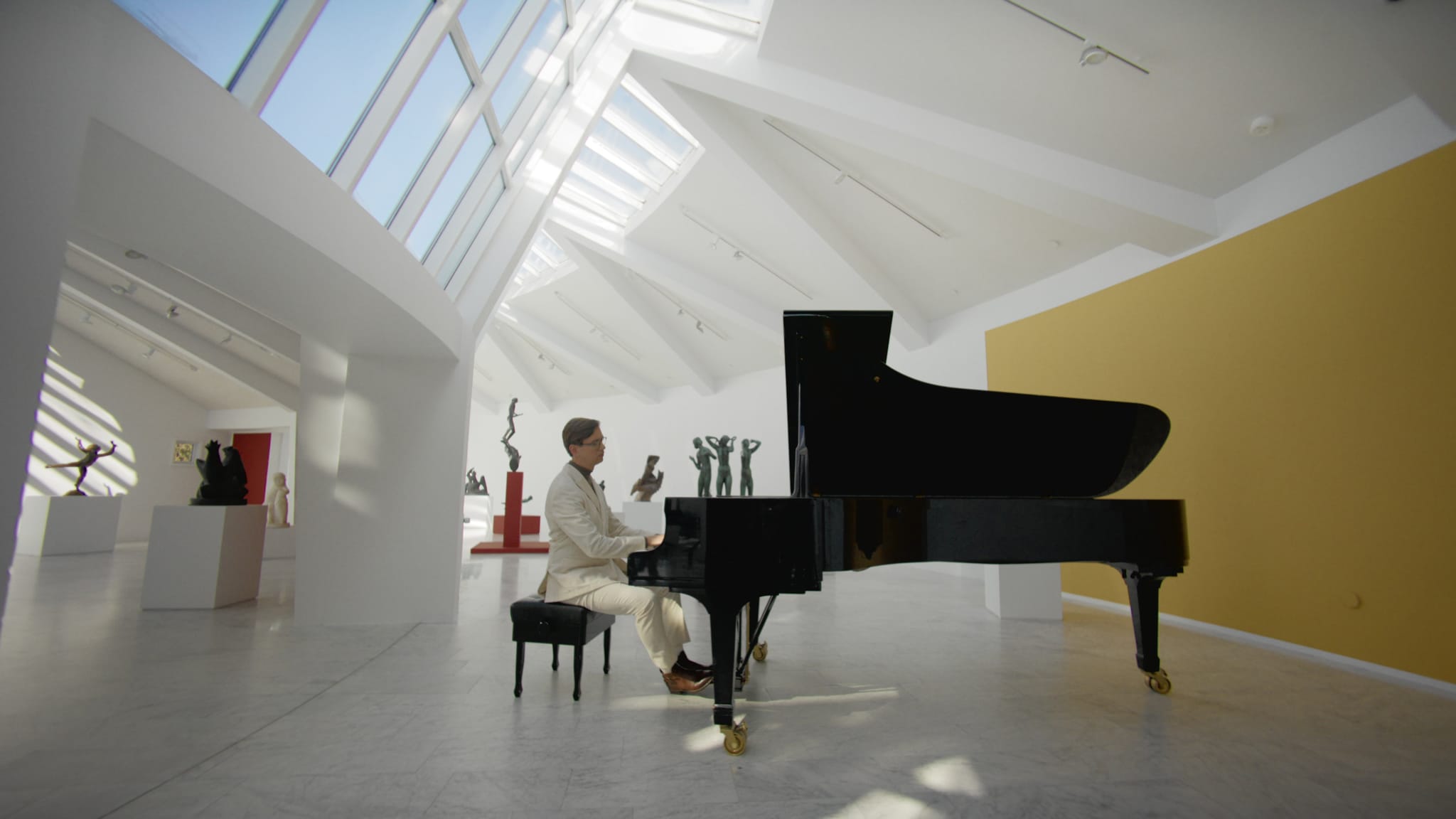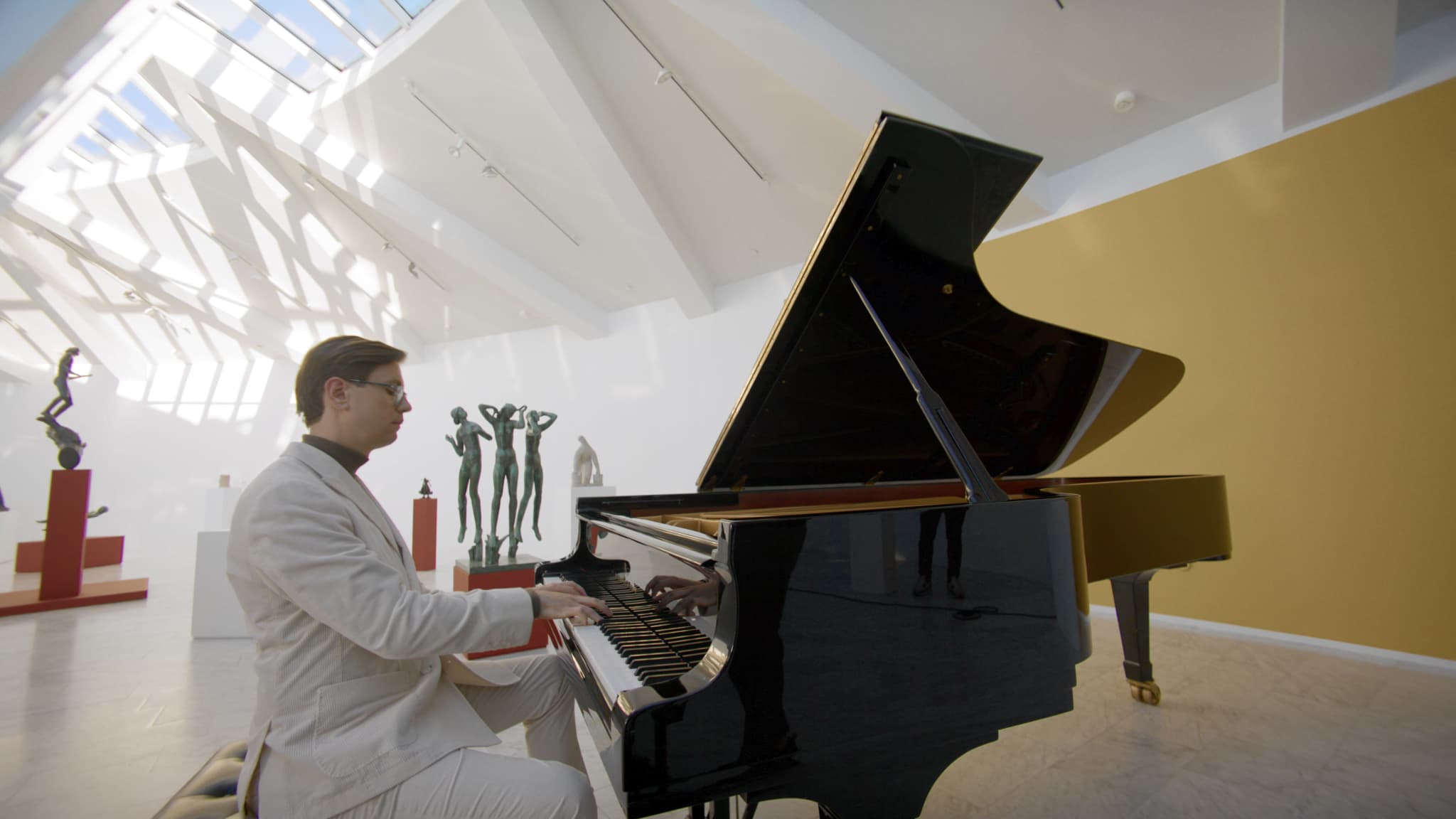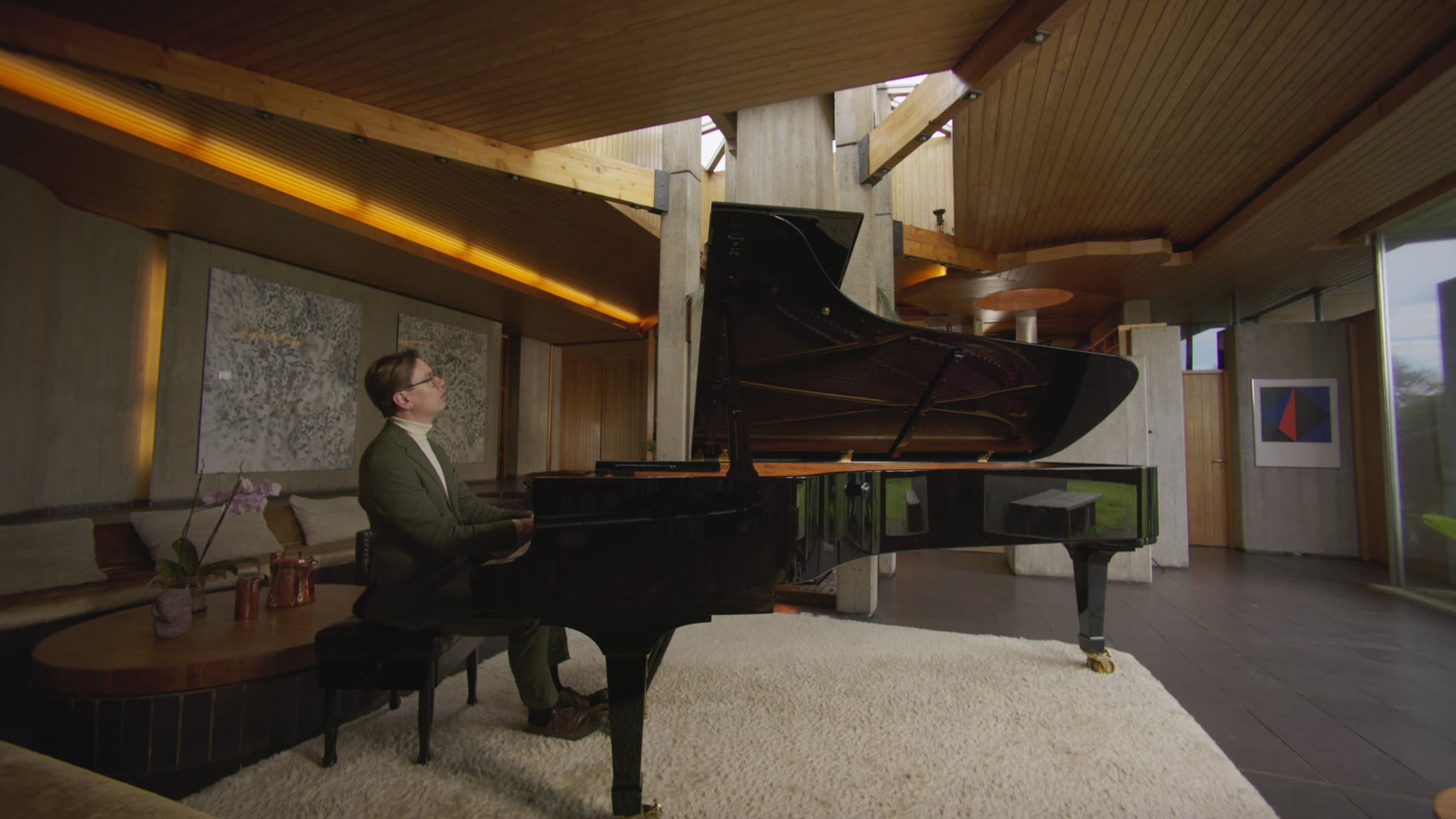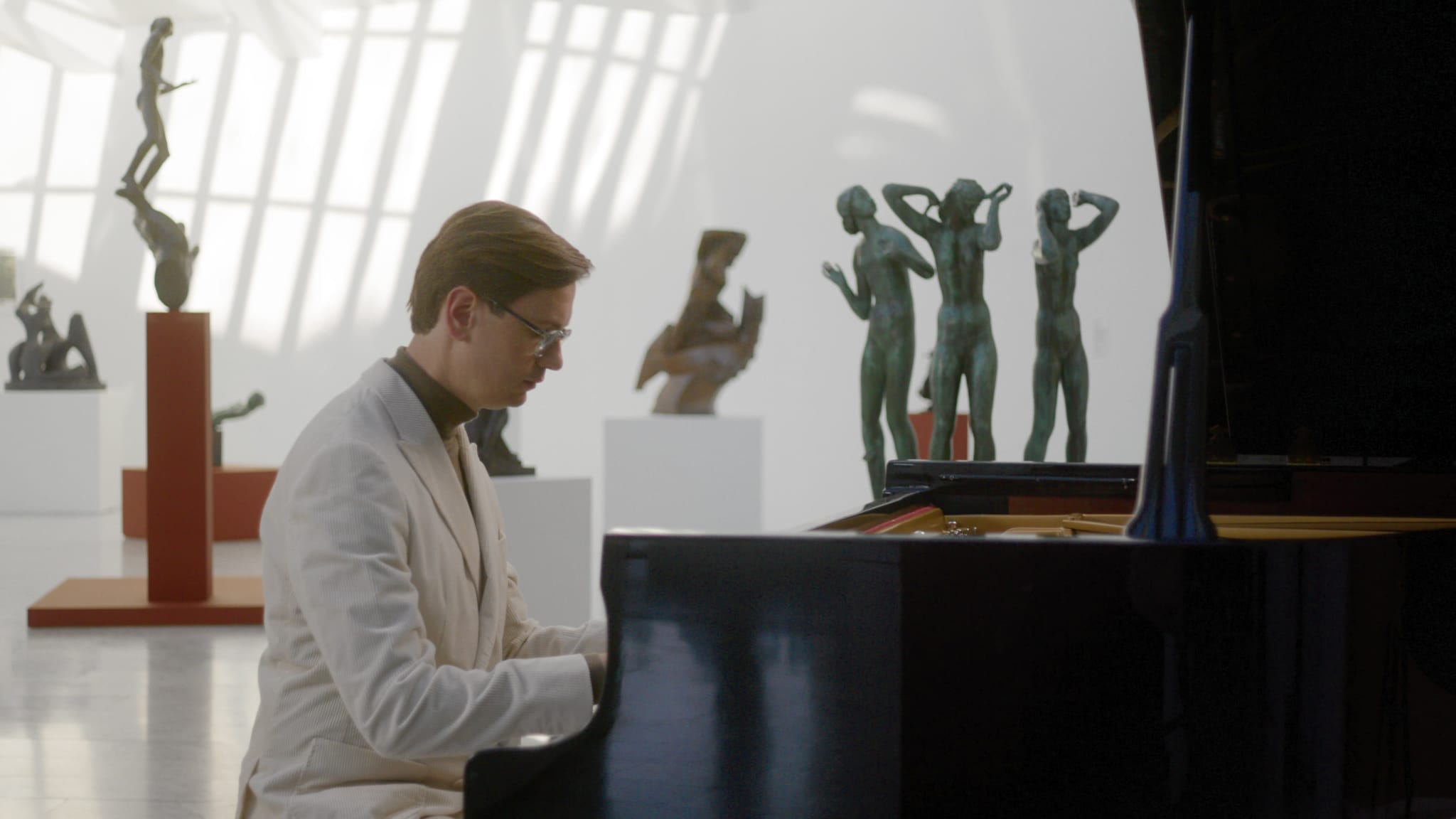Johann Sebastian Bach
Composer:in 1685 - 1750 From today's perspective, the music of Johann Sebastian Bach marks both an end and a beginning. With his work, the centuries-old tradition of polyphonic (polyphonic) music in the German-speaking world reached its climax. At the same time, he paved the way for a new era that made Germany the dominant nation in European musical life until the 20th century. He was also one of the last composers to see music primarily as a means of glorifying God, as was customary before the Enlightenment. Bach was born in Eisenach in 1685 and came from a musical family that produced numerous talented musicians over the course of three centuries. He received a musical education from his father and later his brother, which paved the way for a remarkable career. During his lifetime, he owed his fame more to his skills as a performer than to his compositions. His virtuosity on the organ made him famous throughout Europe and earned him positions at various courts and churches.

